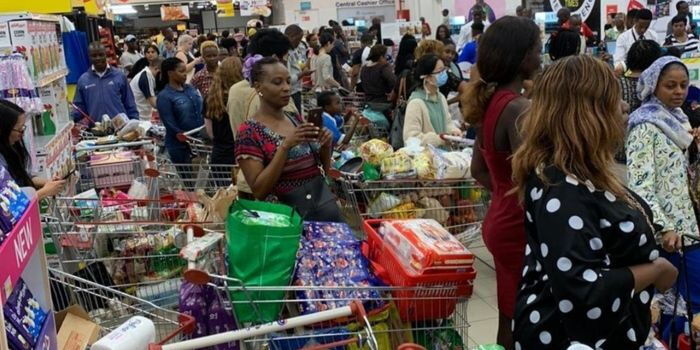Kenyans have been cautioned to get ready for a severe food shortage that is expected to hit the country between October and December this year. Experts warn that the looming crisis could affect millions, with some regions likely to be pushed to the edge of famine.
A new report by the Integrated Food Security Phase Classification (IPC) revealed that more than two million Kenyans are likely to face hunger during the three-month period.
Currently, around 1.8 million people are already struggling to access enough food, and about 179,000 of them—roughly 11 percent—are in a state of extreme food insecurity, meaning they lack even the most basic nutrition for survival.
The report identified the northeastern and semi-arid counties as the hardest hit, with Mandera, Isiolo, Garissa, and Baringo topping the list. The most vulnerable groups are children, who are already showing worrying signs of malnutrition.
According to IPC findings, about 741,000 children aged 6 months to 4 years are suffering from acute malnutrition, while another 178,938 children in the same age group are in an even worse condition—extreme malnutrition that poses serious health risks.
The crisis is not limited to children alone. The report also highlighted that over 109,000 pregnant women across Kenya are currently battling food deficiencies, putting both mothers and unborn babies at risk.
The food shortage has been made worse by external factors, particularly the U.S. government’s decision to cut back on critical food aid to Kenyan communities that depend heavily on relief support. This withdrawal has left many families without alternatives, deepening the crisis.
Adding to the problem, the short rains season—which normally provides some relief for farmers—is expected to disappoint this year. The Kenya Meteorological Department, in its quarterly weather outlook issued on Friday, September 5, forecasted depressed rainfall and prolonged drought from October through December.
The department noted that rainfall would not only be below average but also poorly distributed across regions, meaning even areas that receive rain may not get enough to support meaningful crop production.
The forecast shows that September and early October will remain mostly dry, with short rains only beginning around mid-October and continuing through November.
However, these rains will still be weak and uneven, with a slight improvement expected in December—though far below what is needed to salvage crop yields.
With most rural households in Kenya depending heavily on subsistence farming, the combination of poor rains and ongoing food shortages is expected to push food prices higher, straining already struggling families.
Experts warn that unless urgent measures are taken, millions of Kenyans will be forced to choose between skipping meals or paying unaffordable prices for basic food items.
Join Government Official WhatsApp Channel To Stay Updated On time
https://whatsapp.com/channel/0029VaWT5gSGufImU8R0DO30


